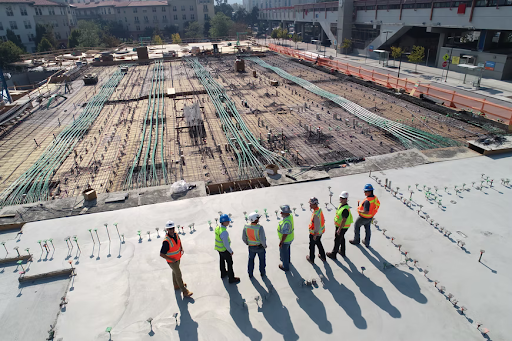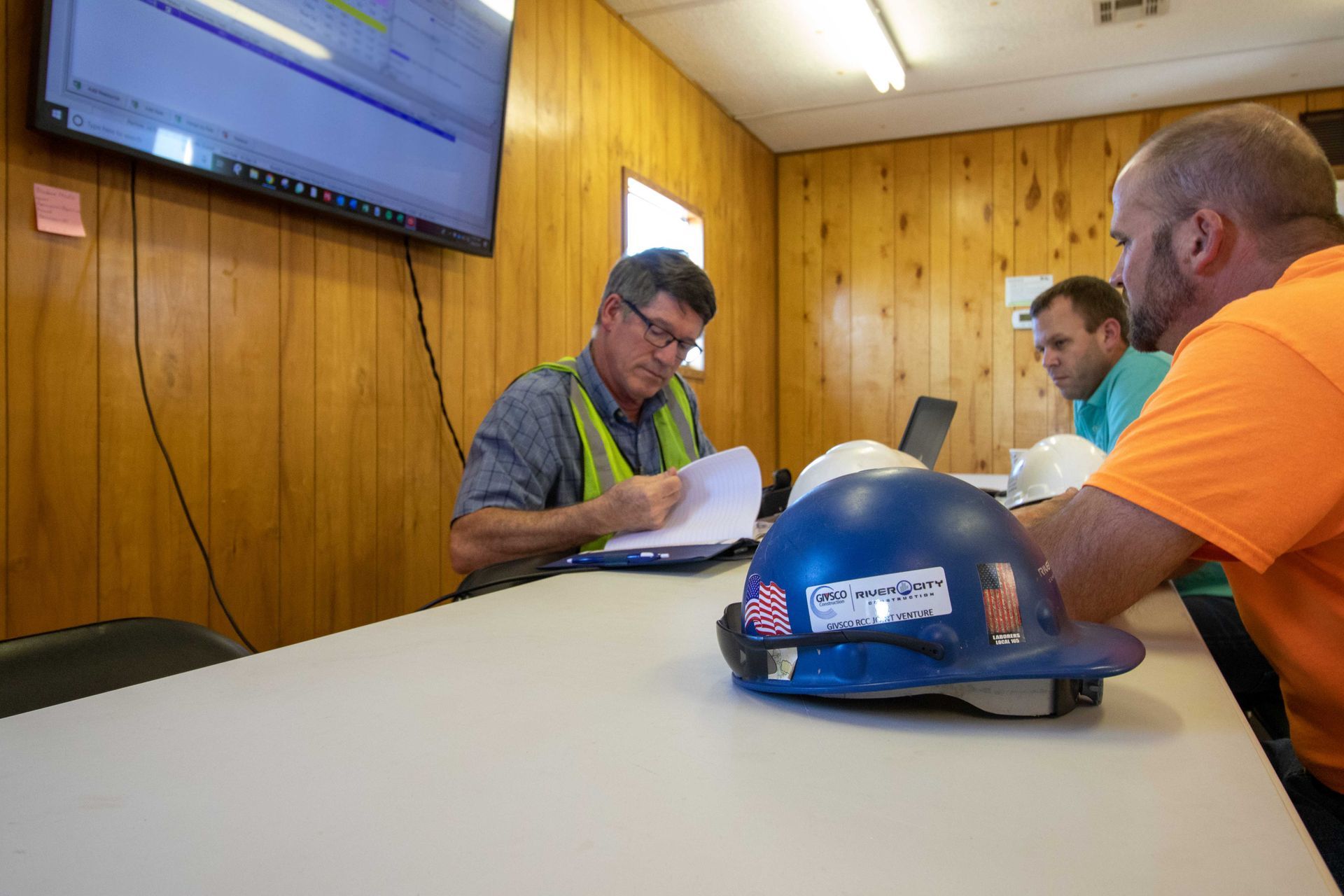How to Be an Effective Communicator in the Construction Industry
Communication is critical, but you will only unlock doors with effective communication. The construction industry is known for its skilled laborers and expert project managers. Whichever role you have, you need to be an effective communicator. The emphasis on effectiveness comes from the idea that you can speak and get your point across all you want, but if it doesn’t resonate with your team, the effort you put into communicating goes to waste.
There is a lot of noise, both figuratively and literally, in the construction industry. If you incorporate communication principles into your practice, you will be more likely to cut through the noise and run a successful project.
With Your Team
Your team is the heart of the project. If the office staff, investors, owners, PMs, and admin are in strong communication but the laborers out in the field aren’t, the project will only meet its full potential. A solid way to start with your team is to set clear expectations immediately.
Although there were likely many expectations in their contracts, going through standards in person and face-to-face can be immensely beneficial. It is also critical for a chain of command to be established regarding communication. Each team member should be aware of their first point of contact when something happens on the job site, who their second point of contact would be, etc.
Choosing the right communication channel is also essential: if the message is simple, an email, RFI, change order, etc., may suffice. However, if there is the possibility for more back-and-forth discussion, having a quick meeting may be the better option. When the team sees their PM, superintendent, and others in charge communicating effectively, this will also encourage meaningful communication interpersonally between the team and strengthen their work ethic.

With Investors and Architects
Communicating effectively with investors, owners, and architects can take time and effort. While they know the ins and outs of the project itself, they may have different priorities than someone working directly for the construction company. The best way to start is by setting a tone of mutual respect. Even if the parties have different priorities, the end goal is the same: a high-quality finished product.
Being transparent throughout the project is also essential. Some investors may become wary if they are not receiving frequent updates or if they cannot follow the money throughout the build. This wariness can be lessened when they have a point of contact that sets a reasonable expectation for how often they will be updated and follows through with it. It is also critical for the construction team leaders to check on any clarifications throughout the build to ensure the architect’s vision is brought to life.
With Subcontractors
Similar to investors and architects, subcontractors brought on to the project may have different values and priorities during the build. You should ensure that any subcontractors you hire share the same work ethic and virtues of your company, although this is easier said than done. You are putting your trust in the subcontractor to improve the product. You can augment this trust by going through deadlines and strategies with the subcontractor/their team at the start of their work and follow up often.
At Thomas D. Wilson Consulting Inc., we understand the importance of construction scheduling and planning. You can create visibility for deadlines, updates, and changes using software tools and applications. Subcontractors should be in the loop with the technology you are using, if not also using it themselves.

Nonverbals
Nonverbal communication is most often what sets effective and noneffective communicators apart. Nonverbals are just what you would expect: how we communicate without words. Workers can easily let these nonverbal cues go by the wayside on a busy construction site or in a bustling office.
Being mindful of your nonverbal cues will help you excel in loud environments. Eye contact and body proxemics are foundational nonverbal communication cues that everyone on the job should consider. Would a team member likely absorb a message when their eyes are on a task, and their PM is shouting it from 30 feet away? The team member will probably hear the message without taking it in.
When you need to communicate something to your team, the best practice is to talk with someone face-to-face, keep appropriate eye contact, stand within a comfortable distance of them, and face your body and feet toward theirs. There will be plenty of times that this strategy is not an option, but whenever possible, you should strive to consider these suggestions and more nonverbal communication tips.
Here at Thomas D. Wilson Consulting Inc., we know that effective communicators in the commercial construction industry make all the difference. We have decades of experience scheduling and planning commercial construction projects with precision.
Clients will be able to see how you are taking project management seriously for their job, and this will encourage them to feel comfortable using your company again and again. Our team would love to work with you on your project management needs, so
connect with us today!







